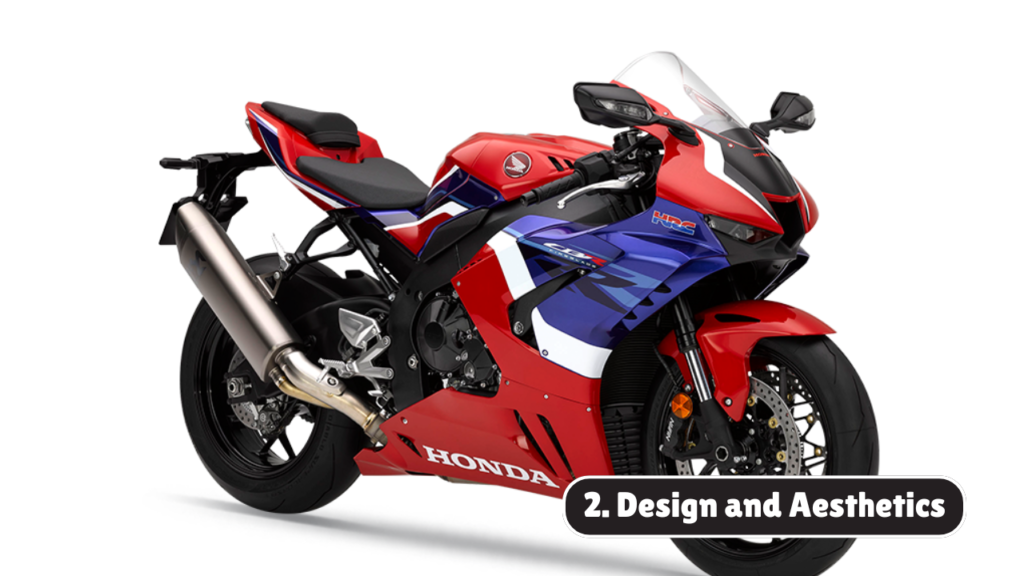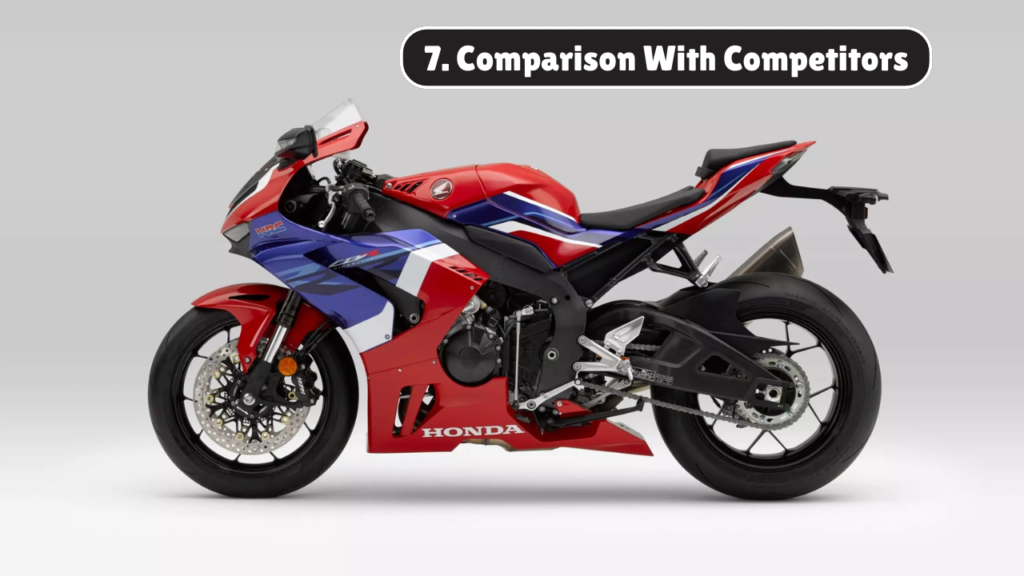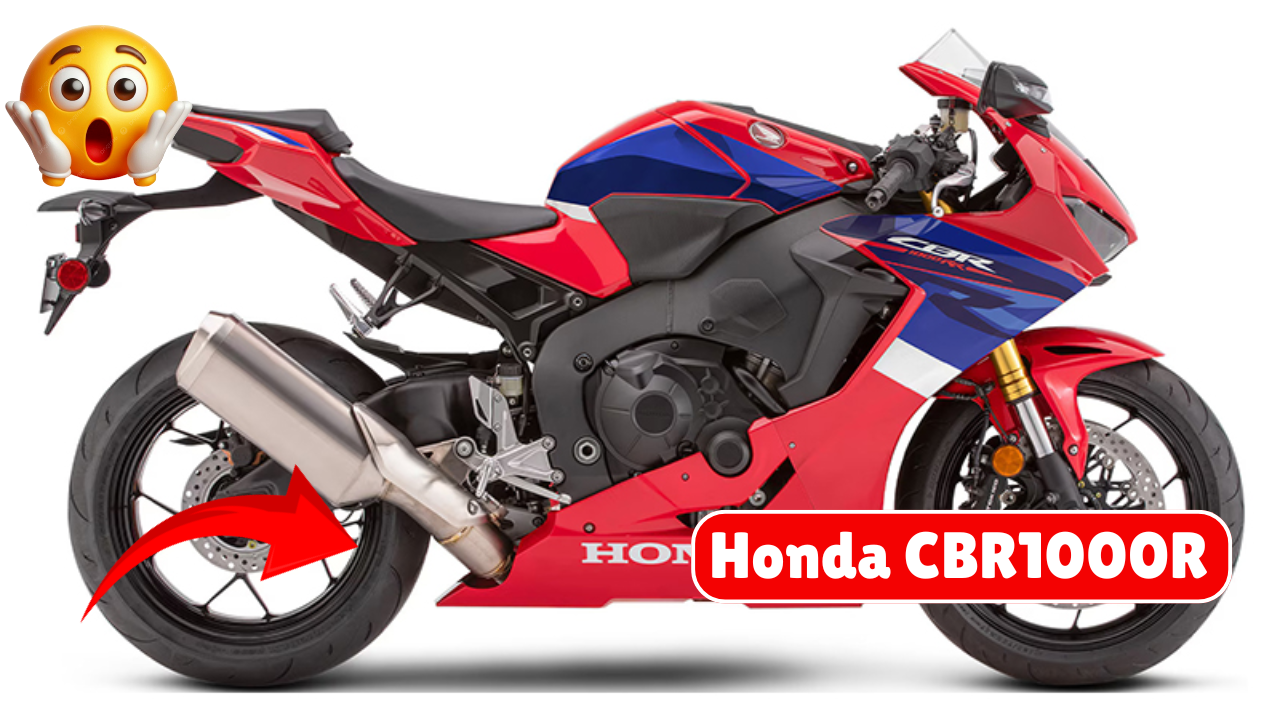Introduction
Motorcycles have long been symbols of speed, freedom, and mechanical artistry. Among the finest creations in the world of superbikes, the Honda CBR1000R stands tall. Known for its thrilling performance, sharp aesthetics, and dependable engineering, the CBR1000R has captivated riders worldwide.
While many bikes focus on raw power or style alone, the CBR1000R achieves a rare balance — blending brute performance with everyday usability. Whether you’re carving up canyon roads, commuting through city traffic, or hitting the track, this machine delivers.
In this article, we’ll explore every facet of the Honda CBR1000R — its evolution, specs, technology, ride experience, comparisons, maintenance tips, and more. Strap on your helmet — it’s going to be an exhilarating ride.
1. The Evolution of the Honda CBR Series
1.1 The Birth of a Legend
Honda’s CBR line has its roots in the 1980s with the launch of the CBR600F in 1987, and eventually the CBR900RR Fireblade in 1992 — a revolutionary bike that combined liter-class performance with middleweight agility.
The CBR1000RR Fireblade debuted in 2004 as a successor to the CBR954RR. It was an instant hit, offering advanced engineering inspired by Honda’s MotoGP program.
1.2 Rise of the Neo Sports Café Line
Fast-forward to 2018, Honda introduced the CB1000R, branded under the “Neo Sports Café” styling. It took the proven underpinnings of the CBR1000RR and reimagined it for a new generation of naked bike lovers. Often confused due to the similar names, the CBR1000R (sometimes incorrectly labeled) often refers to either the Fireblade or the neo-retro CB1000R.
In this article, we’ll focus on the CB1000R — the naked roadster — and occasionally contrast it with the fully-faired CBR1000RR Fireblade to understand the segment better.

2. Design and Aesthetics
2.1 Neo Sports Café Styling
The CB1000R’s styling represents a significant departure from typical superbike looks. Honda crafted the bike to be equal parts retro and futuristic. Its round LED headlamp, minimalist tail, exposed frame, and sculpted tank give it a muscular, artistic silhouette.
2.2 Build Quality
Everything from the paint job to the welds screams premium. The brushed aluminum panels, machined finishes, and aggressive stance make the CB1000R look like a piece of industrial art.
3. Engine and Performance
3.1 Heart of the Beast
The CB1000R is powered by a 998cc DOHC inline-four engine, derived from the previous-generation CBR1000RR Fireblade. While it’s been tuned for midrange torque over top-end horsepower, it still pushes out an impressive 143 hp at 10,500 rpm and 104 Nm of torque.
3.2 On the Road
Throttle response is crisp, and the bike roars to life with every twist. Whether you’re at low revs in the city or screaming down a highway, the bike feels composed and powerful. Thanks to its torque-rich character, overtaking is effortless.
4. Electronics and Features
4.1 Rider Aids
Honda doesn’t skimp on electronics. The CB1000R includes:
- Ride-by-wire throttle
- Selectable Riding Modes
- Honda Selectable Torque Control (HSTC)
- ABS
- Slipper clutch
The new versions also include a 5-inch TFT display with Bluetooth connectivity, a quickshifter (standard on newer models), and customizable ride settings.
4.2 Lighting and Display
Full LED lighting all around adds to its modern appeal. The TFT screen is vibrant and displays all essential ride data, customizable layouts, and navigation support through Honda’s smartphone app.
5. Ride and Handling
5.1 City and Urban Rides
The CB1000R may be a liter-class machine, but it’s surprisingly civil in city traffic. The upright ergonomics, manageable seat height (830 mm), and wide handlebars offer excellent control.
5.2 Highway Cruising
On the highway, this bike is a missile. It accelerates with authority, and while there’s no windscreen, a crouch behind the gauge cluster is enough for bursts over 200 km/h.
5.3 Twisties and Track
Showa suspension components (SFF-BP fork and rear shock) deliver confident handling. The bike tips into corners eagerly, holds a line, and brakes with poise thanks to dual radial-mount calipers.
6. Maintenance and Ownership Experience
6.1 Reliability
Being a Honda, reliability is a given. With regular maintenance, these engines run forever. Parts are generally affordable, and the brand’s service network is extensive in most countries.
6.2 Service Intervals
- Oil Change: Every 6,000 km
- Valve Clearance Check: Every 24,000 km
- Air Filter: Replace every 18,000 km
- Tires & Brakes: Check at every service
6.3 Fuel Economy
Expect around 16-18 km/l under mixed riding, which is decent for a 1000cc naked.

7. Comparison With Competitors
7.1 Yamaha MT-10
The MT-10 is more aggressive and raw, but less refined. It offers better electronics and performance but lacks the CB1000R’s finesse and styling.
7.2 BMW S1000R
The S1000R is a tech powerhouse with more features and power. However, the CB1000R often undercuts it in price and has a less intimidating demeanor.
7.3 Kawasaki Z1000
The Z1000 has a more radical design and similar performance. But Honda’s refinement, electronics, and finish put it ahead in everyday usability.
8. Pros and Cons
Pros
- Elegant and aggressive styling
- Smooth, powerful inline-four engine
- Reliable and easy to maintain
- Great balance between sporty and comfortable
- Quality build and finish
Cons
- No wind protection at high speed
- Could use more modern electronics (vs. premium rivals)
- Slightly expensive for what it offers
- Rear seat is not very pillion-friendly
9. Best Use Cases
- Weekend rides: Perfect for those scenic backroads.
- Daily commuting: Yes, if you don’t mind the occasional heat.
- Track days: Not a superbike, but holds its own with proper tires.
- Touring: Light touring is doable with a backpack or tail bag.
10. Rider Testimonials
“I’ve ridden it daily for two years. Still feels as sharp as day one. The looks — absolute head-turner.” – Rajiv M., India
“Coming from a Fireblade, I was shocked at how practical this bike is. It’s fast but forgiving.” – Daniel K., UK
“Sheer joy. Honda nailed the aesthetics. This is art on two wheels.” – Lucia R., Italy
Conclusion
The Honda CBR1000R, or more precisely the CB1000R, is a motorcycle that celebrates balance. It doesn’t aim to dominate the spec sheet but rather to elevate the riding experience. It’s powerful without being intimidating, stylish without being flashy, and advanced without being overly complicated.
In a sea of angry, overly tech-heavy liter-class streetfighters, the CB1000R brings back something we didn’t know we were missing: soul.
If you want a bike that turns heads, performs beautifully, and stays with you for years, the Honda CBR1000R is more than a machine — it’s a companion for the road ahead.
FAQs
1. Is the Honda CB1000R good for beginners?
Not really. Its 1000cc engine and power delivery are too much for novice riders. However, for experienced riders stepping up from a 600cc, it’s a great next step.
2. How does the CB1000R differ from the CBR1000RR Fireblade?
The CB1000R is a naked roadster focused on street riding and comfort, while the CBR1000RR Fireblade is a fully-faired superbike designed for high-speed performance and track use.
3. What is the top speed of the Honda CB1000R?
The CB1000R can reach a top speed of approximately 225 km/h (140 mph), depending on rider weight, wind conditions, and gear ratios.
4. Is the CB1000R comfortable for long rides?
Yes, for a naked bike, it’s quite comfortable. Upright posture and plush suspension help, but windblast at high speeds may become tiring without a windscreen.
5. What is the price of the Honda CB1000R?
Pricing varies by country, but in most markets, it ranges from $12,000 to $14,000 USD, depending on the model year and optional accessories.



